Unwrapping the Legacy of Spain's Traditional Christmas Cake
As the holiday season approaches, communities all over the globe prepare their yearly holiday traditions. In Spain, the whole country comes alive with festive celebrations, and at the heart of it all is the beloved Rosca de Reyes—a traditional Spanish Christmas pastry decorated with bands of multicolored dough and finished with red and green glaceéd fruit. The Spanish equivalent to the American fruitcake, this delicious and delightful part of the holiday season is eagerly anticipated by revelers as an annually enjoyed treat. As a token of appreciation for this confectionary cousin of our traditional Christmas cake, we’ve penned this blog to delve into the origins and history of the culinary wonder of the Rosca de Reyes.

The Origins of Rosca de Reyes
To comprehend the roots of Rosca de Reyes, we must first delve into the religious and historical context of the Epiphany. Observed on January 6th, this Christian feast day commemorates the revelation of Jesus Christ to the Gentiles, as represented by the visit of the Magi, also known as the Three Wise Men or Kings. According to biblical accounts, these wise men, Melchior, Gaspar, and Balthazar, followed the guiding star to Bethlehem, presenting gifts of gold, frankincense, and myrrh to the newborn Messiah.
Rosca de Reyes, translating to "King’s Ring" in English, derives its name from its distinctive circular shape. The circular form of the pastry symbolizes the eternal nature of God, with no beginning or end. It also represents the unity of the Christian community, emphasizing the bond between the faithful during the festive season.
The origins of Rosca de Reyes can be traced back to Spain, where the celebration of the Epiphany has deep historical roots. The tradition of baking a circular pastry to commemorate the visit of the Magi gained popularity in medieval Spain.
As Spanish explorers and settlers ventured into the Americas, they carried with them not only their language and religion but also cherished traditions like the celebration of the Epiphany. Over time, Rosca de Reyes also became a staple in Latin American countries, each region infusing its unique flavors and variations into the festive bread.
The Taste, Texture, & Aroma of the Rosca de Reyes
Rosca de Reyes is not just a cake—it's a true experience for the senses. Shaped into a circle or oval, the cake resembles a large, ornate wreath or crown, an homage to the crowns the Three Kings undoubtedly wore. The basis of the cake is a sweet dough often infused with orange blossom water or lemon zest. Depending on the recipe, filling components may vary and can include fruity jams, marzipan, sweetened cream, fruits, or even chocolate. Some versions even have hidden figurines or trinkets meant to symbolize the baby Jesus. Baked till a delightful shade of golden brown, the cake is finished with a sweet glaze and decorated with candied or glaceéd fruit.
The texture of the Rosca de Reyes is a key element in its charm. The bread has a soft, slightly dense crumb with a tender and moist interior. The exterior crust may be delicately crisp, offering a satisfying contrast to the softness within. The candied fruits on top of the Rosca provide a delightful textural contrast, adding a touch of chewiness and a burst of sweetness with every bite. Overall, the cake is not overly sweet, making it perfect for enjoying with a cup of hot chocolate, which is tradition.
Rosca de Reyes Symbolic Ingredients & Cultural Variations
The ingredients used in Rosca de Reyes are carefully selected, each carrying its own symbolic meaning and varying over time. In early versions of Rosca de Reyes, the flour used to create the dough represented the staffs of the Magi. The sweet bread, the base of the cake, often enriched with eggs, represents the joy of the Christian community, and the candied fruits, with their vibrant colors, symbolize the jewels brought by the Magi.
While the circular shape and key ingredients remain consistent, Rosca de Reyes displays regional variations across different countries and even within specific communities. In Mexico, for example, the pastry may be adorned with dried and candied fruits like figs, quinces, and oranges, while in Spain, the addition of nuts and marzipan is not uncommon. In some regions, a sweet glaze or icing is applied, adding a glossy finish to the already visually appealing bread.
Fun Spanish Christmas Cake Fact
Whoever finds the hidden figurine in their slice of cake is blessed with the honor of hosting Día de la Candelaria, also known as Candlemas, on February 2nd. This Christian feast day often serves as the conclusion of the holiday period that begins with Advent and includes Christmas and Epiphany.

Try Making One Yourself!
If you ever find yourself in Spain during the holiday season, make sure to try a slice of Rosca de Reyes. You might just be the lucky one to find the hidden figurine and become the host of the next celebratory gathering. In the meantime, consider making your own Rosca de Reyes at home to share the magic of this wonderful Spanish tradition with your loved ones.
Using this recipe, you can make your own unique alternative to the traditional American fruitcake. The process is quite involved, requiring the dough to go through a series of rises. The recipe requires patience, precision, and a trained baking eye. Try it yourself to experience something new.
Rosca de Reyes
Servings: 8 - 12
Prep Time: 2 - 3 hours
Active Cooking Time: 25 - 30 minutes
INGREDIENTS
For the Dough
4 cups all-purpose flour
1/2 cup granulated sugar
1/2 cup unsalted butter
4 eggs, whole
1/2 cup milk, warmed
2 1/4 tsp active dry yeast
zest of 1 orange
zest of 1 lemon
1 tbsp orange blossom water or orange liqueur (optional)
1/2 tsp salt
For the Decoration
candied fruits
sliced almonds
table sugar for sprinkling
plastic baby figurine - optional
STEP 1 - Activate the Yeast
In a small bowl, mix the warm milk with a pinch of sugar. Sprinkle the yeast over the sugared milk mixture and let it sit for about 10 minutes until it becomes frothy—this indicates that the yeast is active.
STEP 2 - Prepare the Dough
In a large mixing bowl, combine the flour and salt. Create a well in the center.
In a separate bowl, cream the butter and sugar together until light and fluffy. Add the eggs one at a time, mixing well after each addition. Stir in the orange and lemon zest and the orange blossom water (if using).
Pour the yeast mixture into the well of the flour. Add the egg mixture. Mix everything until it forms a smooth, elastic dough. Knead the dough for about 10 minutes.
STEP 3 - First Rise
Place the dough in a greased bowl, cover it with a clean kitchen towel, and let it rise in a warm, draft-free location for about 1 to 1.5 hours or until it has doubled in size.
STEP 4 - Shape the Rosca
Punch down the risen dough to release the air. Shape the dough into a ring or oval shape, ensuring there is a hole in the center. Place on a baking sheet lined with parchment paper. If you want to include a tiny plastic figurine, now is the time to hide it somewhere in the dough. Cover the shaped dough and let it rise for an additional 30 minutes.
STEP 5 - Decorate
Preheat your oven to 350°F/175°C. While the oven is heating, decorate your Rosca with your selection of candied fruits and sliced nuts.
STEP 6 - Second Rise
Allow the decorated Rosca to rest for another 10-15 minutes.
STEP 7 - Bake
Place the Rosca in the oven and bake for 25-30 minutes or until golden brown. When tapped on the bottom, the cake should sound hollow.
STEP 8 - Finishing Touch
While your Rosca is still warm, sprinkle with a dusting of table sugar.
STEP 9 - Serve
Once it's cooled, slice and enjoy with a traditional cup of hot chocolate. If you’ve included a tiny baby figurine, take caution when enjoying it.
Final Fruitcake Thoughts
The Rosca de Reyes is not just a delectable pastry—it’s a centuries-old tradition that has woven itself into the fabric of cultural and religious celebrations. From its humble beginnings in medieval Spain to its diverse manifestations across Latin America, the King’s Ring continues to be a symbol of unity, joy, and the timeless story of the Magi's visit to the infant Jesus. So, as we raise our forks in celebration of the Rosca de Reyes, let us appreciate the rich history and tradition that make this festive treat an international culinary staple.
Looking to celebrate Christmas with something more familiar? Of course, there’s always our DeLuxe® Fruitcake! Available in a variety of styles and sizes, our DeLuxe® is a must-try Texas treat that’s bound to tantalize your tastebuds. Shop our full selection of DeLuxe® Fruitcakes today!

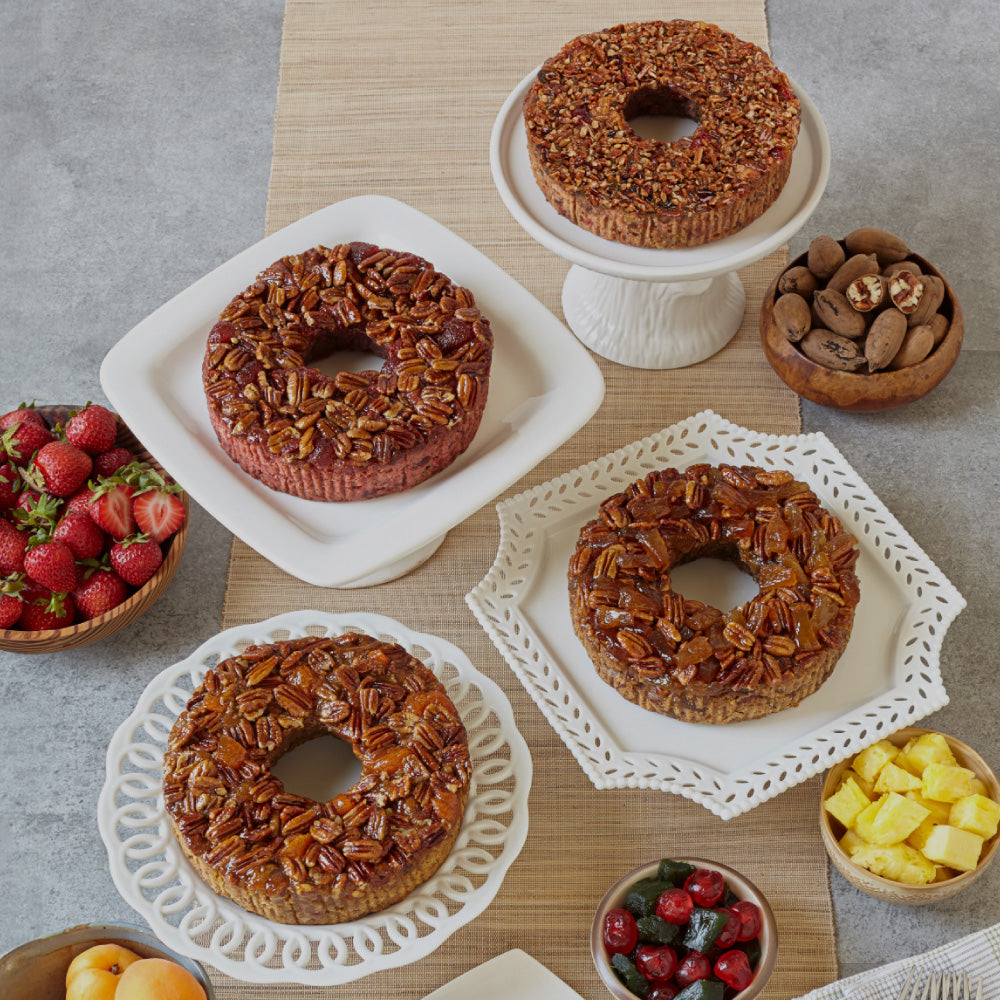

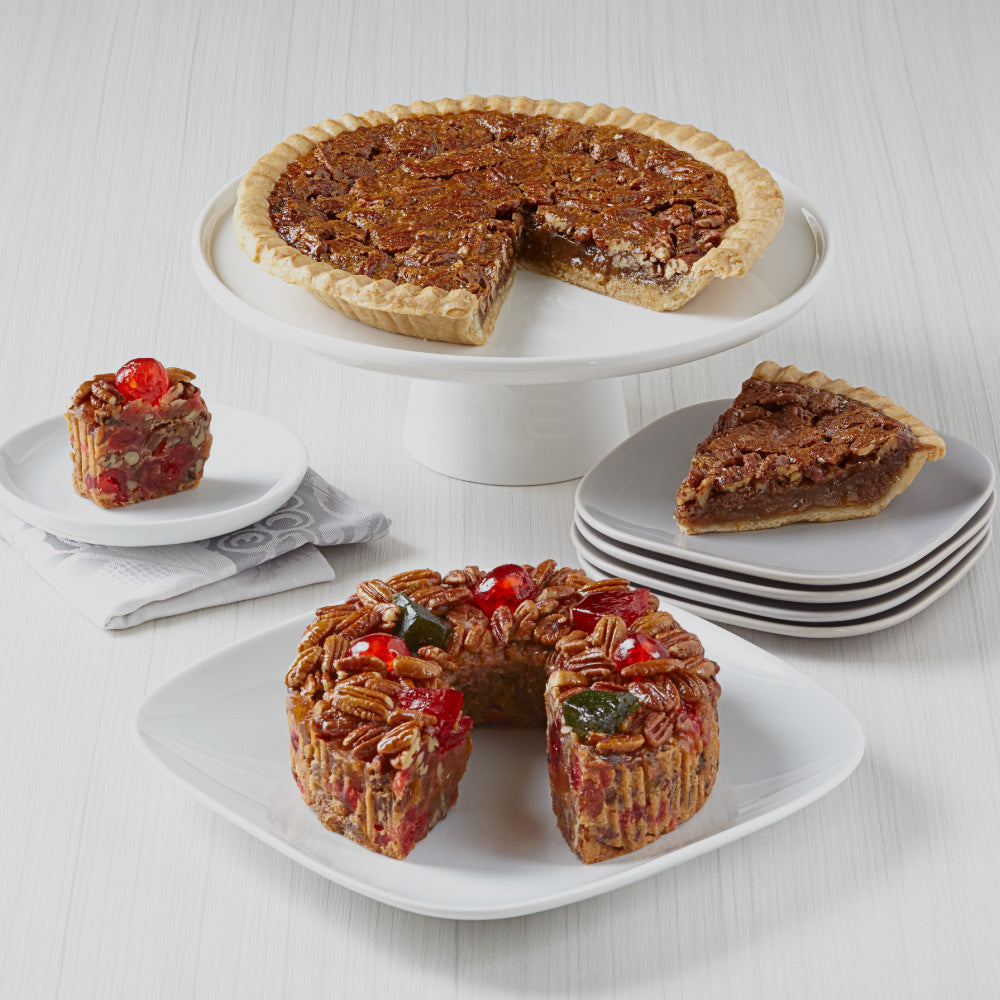
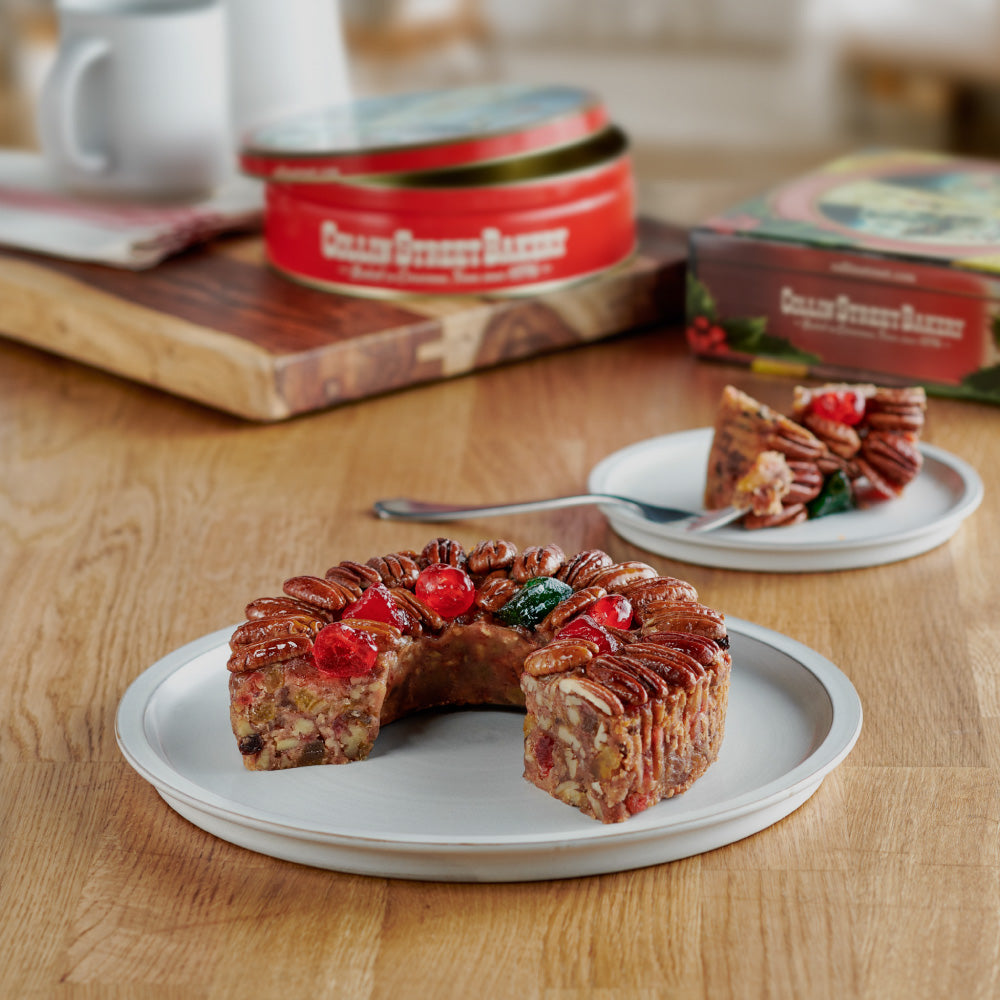
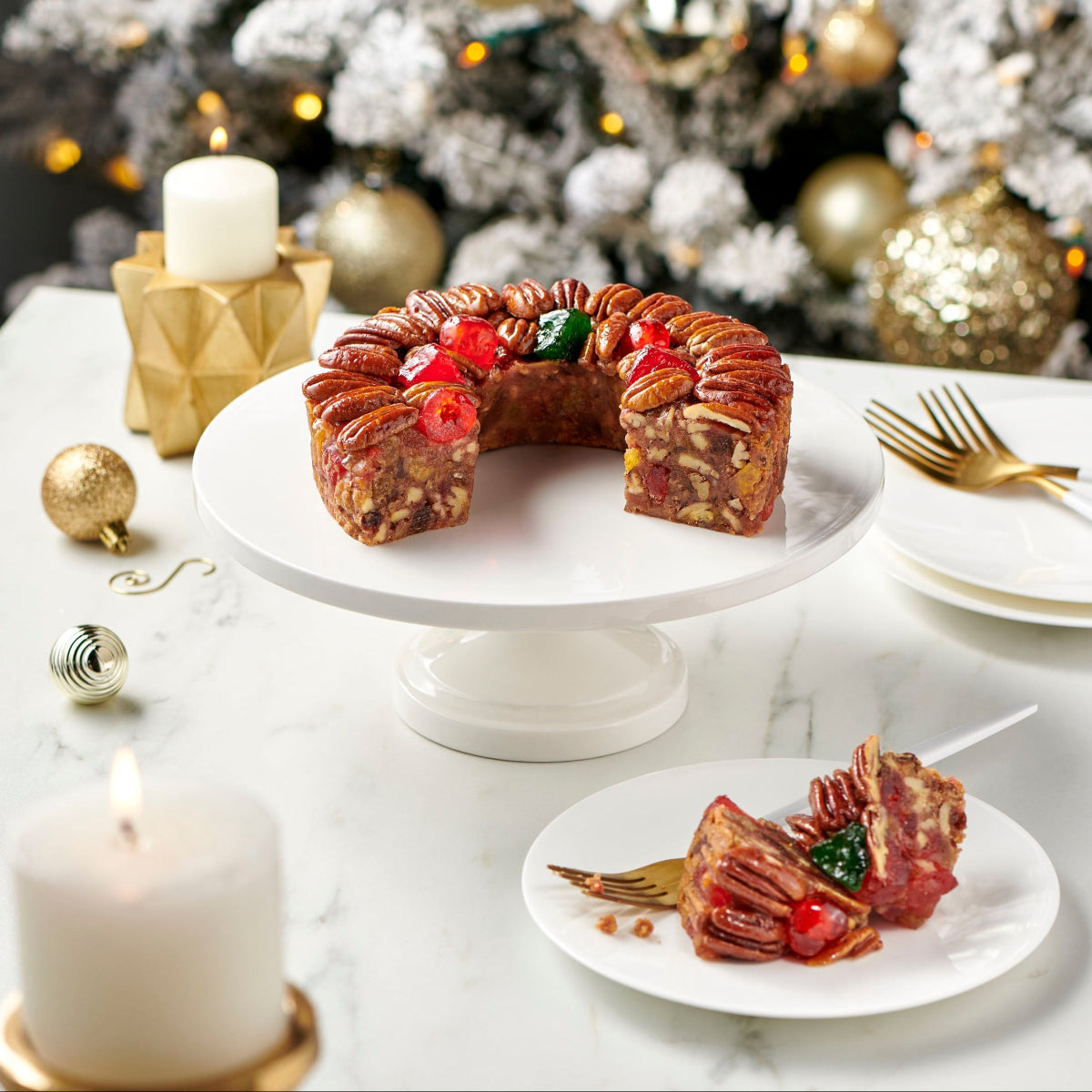
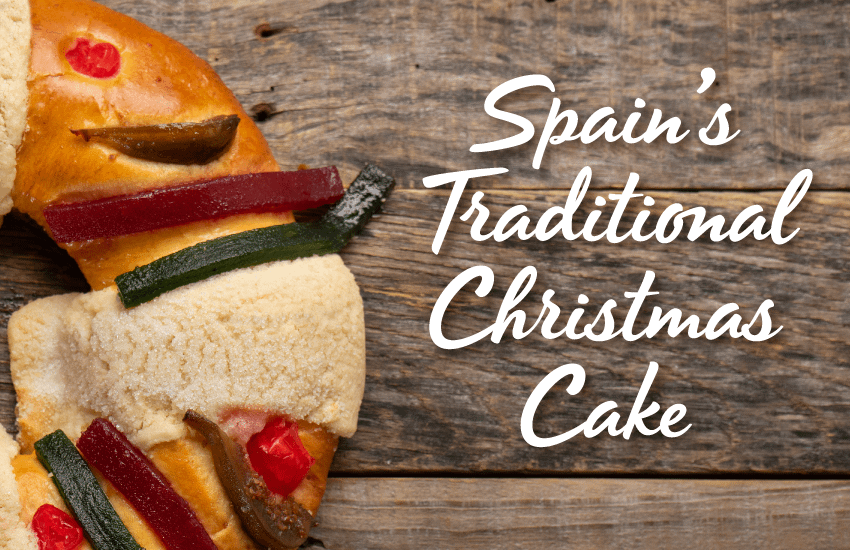


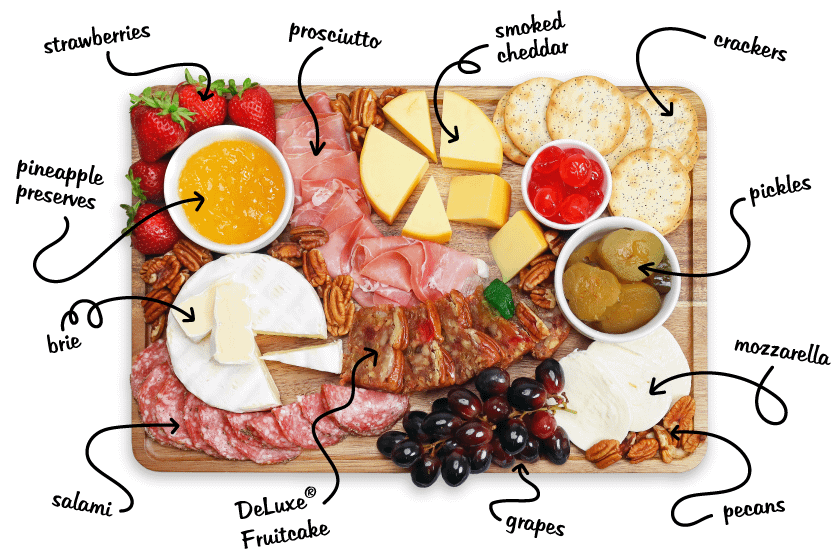
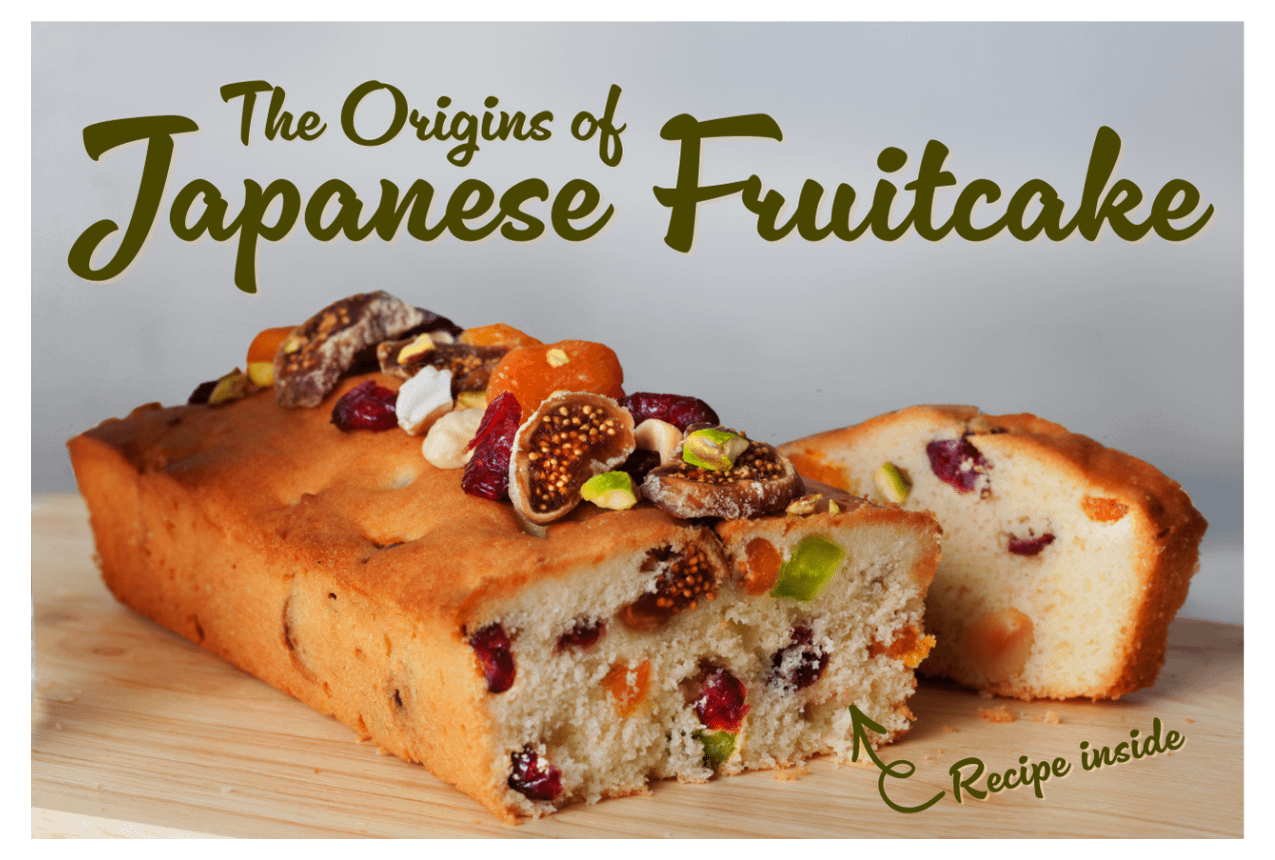
Leave a comment
This site is protected by hCaptcha and the hCaptcha Privacy Policy and Terms of Service apply.